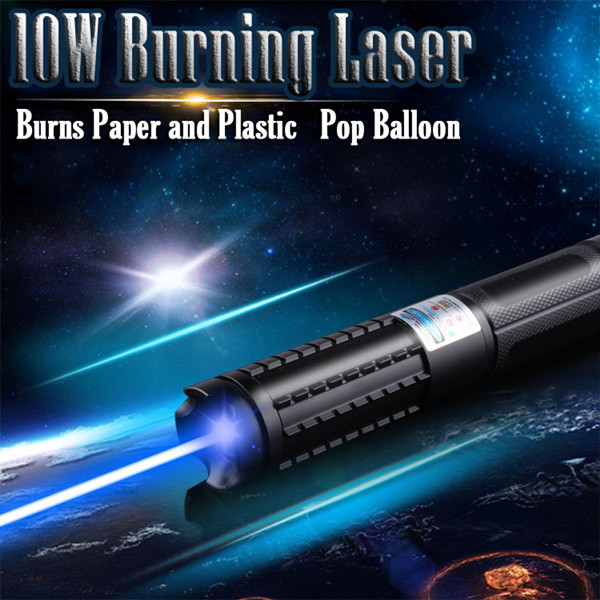Compared with conventional weapons, various laser weapon systems do have a series of advantages, but laser pointer weapons still have many defects and technical problems. At present, the size of laser weapon systems is generally too large, whether it is an airborne laser weapon system, a shipborne laser weapon system, or a land-based laser weapon system.
Due to the immature technology of laser weapons, its current launch power is not large, and its power is small. It can only strike small targets, but cannot meet actual combat needs. Even the shipborne laser weapon system (Laws) deployed on the "Ponce" has limited actual attack capabilities and can only deal with small targets such as speedboats and drones.
Laser weapons must be guaranteed by a powerful energy source, so they must be equipped with a larger energy storage system, which occupies valuable space for carrying aircraft and ships. The airborne laser weapon systems ABL and ATL both use chemical lasers. Although this laser can generate megawatt-level high energy, it also makes the operation cumbersome and inconvenient because it consumes a lot of chemicals and needs to be heavy. Laser point equipment.

The launch distance is an important indicator of laser weapons. Due to the limitations of existing technology, the launch distance of laser weapons currently developed is not yet satisfactory. The Navy’s "Ponce" is equipped with a solid-state laser prototype with a power of 30 kilowatts. Its launch distance can only reach about 10 kilometers under good weather conditions.
The most prominent shortcoming of green laser pointer weapons is that they are restricted by weather conditions, and they are currently unable to achieve all-weather operations. If a long-range strike is carried out, the laser weapon will be affected by heavy fog, heavy snow, heavy rain and other weather, because the beam will diverge due to refraction and will not be able to attack, and its own survivability has yet to be tested.
